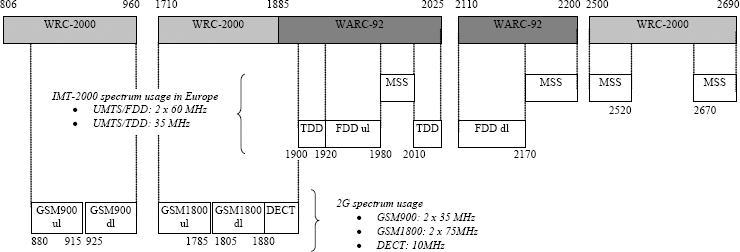1.5 The Evolution of UMTS
The need for 3G long-term evolution studies was stated at the end of 2004 within the 3GPP, in order to maintain the competitive position of UMTS-based technologies for the future. It was therefore decided to launch feasibility on overall system architecture and access network evolution, with an objective to finalize core specifications by mid-2007.
1.5.1 1st Evolution Driver: The Move towards Data Applications
As described above, initial 2G systems were built for circuit-switched applications – voice being the main one, and low-rate circuit-switched data being supported as well. As the World Wide Web became a reality, 2G systems evolved towards packet data. This was not a complete system redesign, as packet data network architecture was defined as an add-on to existing networks – meaning increased costs for deployment and operation.
Within Evolved UMTS networks, all communication streams will be considered as packet data, allowing converged and simplified network architectures.

Figure 1.12 Overall cellular spectrum overview.

Figure 1.13 Towards ‘Evolved UMTS’ networks.
1.5.2 2nd Evolution Driver: Enhanced Radio Interface Capabilities
Over the past few years, fixed Internet access capabilities have been improving, from the 56-Kb/s V90 modem-based access to ...
Get Evolved Packet System (EPS): The LTE and SAE Evolution of 3G UMTS now with the O’Reilly learning platform.
O’Reilly members experience books, live events, courses curated by job role, and more from O’Reilly and nearly 200 top publishers.

